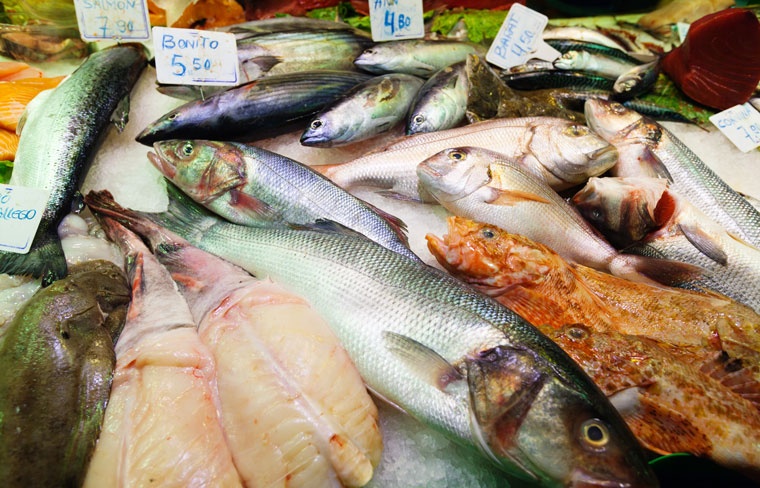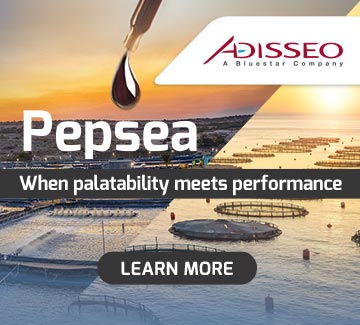
The latest Eurobatometer report from the European Commission reveals a decline in seafood consumption across the European Union (EU). Only 29% of Europeans consume fishery and aquaculture products at least once a week at home, a figure that has dropped compared to previous years. However, Spain remains an exception to this trend, leading the EU in seafood consumption.
The survey highlights a downward in seafood consumption across the EU, with only a third of respondents eating seafood at least once a week, marking a 4% drop since the previous study. Additionally, 15% of Europeans now report never consuming fishery and aquaculture products at home, representing a 4% increase from 2021.
One of the key factors influencing this decline is price. Across Europe, 55% of consumers cite cost as the most influential factor in their purchasing decisions, overtaking product appearance (52%). This has led to a growing preference for fronzen and canned products, which are perceived as more affordable and convenient compared to fresh seafood.
Proximity to the sea significantly impacts fish consumption. The study found that 79% of respondents living within 5 kilometres of the coast consume fishery and aquaculture products at least once a month, compared to only 49% of those living more than 200 kilometres island. Coastal consumers also display a greater preference for wild-caught products (43%) compared to their inland counterparts (27%). Meanwhile, consumers in landlocked countries exhibit a higher level of indifference regarding whether their seafood is wild-caught or farmed.
Spain: A standout in Seafood Consumption
Despite the general decline in seafood consumption across Europe, Spain remains the leading country in the EU for fish consumption. A remarkable 64% of Spaniards eat seafood at least once a week at home, more than double the EU average. Additionally, 54% of Spanish consumers purchase fish at least once per week, significantly higher than the EU average of 23%.
Spain also stands out in terms of dining habits, with 22% of Spaniards eating seafood in restaurants, canteens, or bars at least once a week-compared to just 9% across the EU.
However, the rising cost of seafood has not gone unnoticed in Spain. While Spanish consumers prioritise seafood more than other Europeans, 51% report having noticed an increase in price recently, and 41% state that they have reduced their seafood consumption as a result. Despite this, a large portion of Spanish consumers still view fish as an essential part of their diet, with 31% strongly disagreeing with the idea that price is not a concern when purchasing seafood.
Labelling and Emerging Trends
Labelling remains crucial for European consumers, with expiry dates, species names, production methods (wild or farmed), and product origins being the most sought-after details. Additionally, 69% of consumers emphasise the importance of including the date of catch or harvest on fishery and aquaculture products.
A novel addition to this year’s Eurobarometer is an investigation into seaweed and algae consumption. While these products have not yet gained mainstream acceptance, two-thirds of European have consumed algae-based products at least once in the past year, primarily in the form of sushi or wraps.


